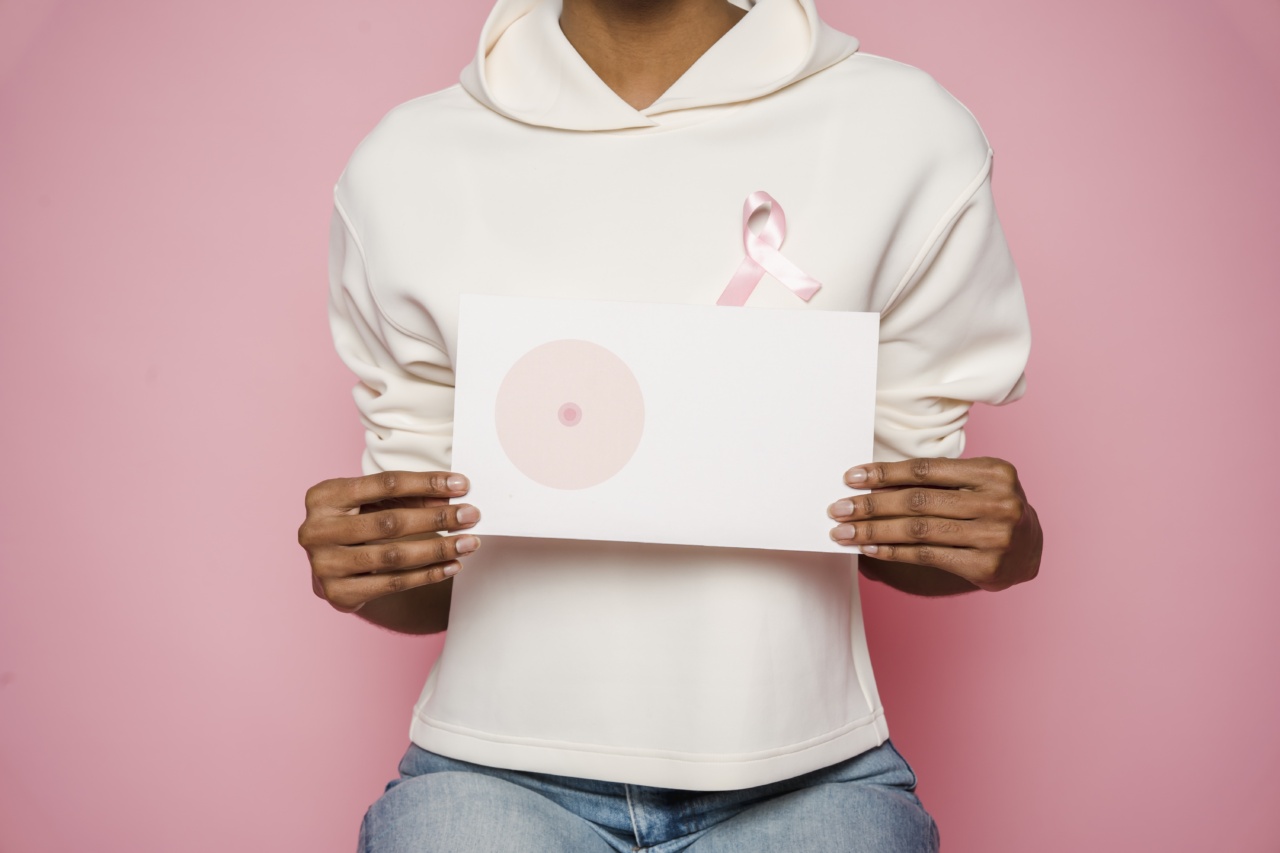Breast cysts are fluid-filled sacs that can develop in the breast tissue. They are common among women, especially during the reproductive years.
Although most breast cysts are benign and not a cause for concern, understanding their causes and learning prevention tips can help women manage their breast health effectively. In this guide, we will delve into the causes of breast cysts and offer valuable tips for prevention.
What are Breast Cysts?
Breast cysts are round or oval sacs filled with fluid that can occur in one or both breasts. They can vary in size and may feel like a smooth, spongy lump. Breast cysts are most commonly found in women aged 35 to 50 and tend to disappear after menopause.
While anyone can develop breast cysts, they are more frequently seen in women with hormonal imbalances.
Causes of Breast Cysts:
Several factors contribute to the development of breast cysts. Understanding these causes can help women take appropriate steps for prevention. Here are the main causes:.
1. Hormonal Imbalance:
Fluctuations in hormone levels, particularly estrogen and progesterone, play a significant role in the development of breast cysts.
These hormonal imbalances can result from various factors, such as menstrual cycle changes, menopause, hormone replacement therapy, or the use of certain hormonal contraceptives.
2. Age:
As mentioned earlier, breast cysts are more common in women aged 35 to 50. The risk of developing breast cysts decreases after menopause as hormone levels stabilize.
3. Lifestyle Factors:
Unhealthy lifestyle choices can also contribute to the development of breast cysts. Factors such as excessive caffeine consumption, smoking, and a high-fat diet have been associated with an increased risk of developing cysts in the breasts.
4. Trauma or Injury:
Accidental trauma or injury to the breast tissue can lead to the development of breast cysts. Trauma can cause an obstruction in the breast ducts, leading to the accumulation of fluid and the formation of cysts.
5. Fibrocystic Breast Changes:
Fibrocystic breast changes refer to the presence of lumps or thickening in the breast tissue. These changes can make it more likely for cysts to form.
Hormonal fluctuations during the menstrual cycle can worsen fibrocystic breast changes, resulting in the development of cysts.
Prevention Tips for Breast Cysts:
While breast cysts may not always be preventable, certain measures can reduce the risk and promote breast health. Here are some important prevention tips:.
1. Maintain a Healthy Lifestyle:
Adopting a healthy lifestyle can significantly reduce the chances of developing breast cysts. Regular exercise, a balanced diet, and limited caffeine and alcohol intake can contribute to overall breast health.
2. Self-Examination and Clinical Breast Exams:
Performing monthly breast self-examinations is crucial for detecting any changes or abnormalities in the breast tissue.
Additionally, scheduling regular clinical breast exams with a healthcare professional can aid in the early detection of breast cysts or other breast abnormalities.
3. Hormonal Balance:
Managing hormonal balance is key to preventing breast cysts. If you are experiencing irregular menstrual cycles or hormonal imbalances, consult with your healthcare provider for appropriate hormonal therapies or medications.
4. Quit Smoking:
Smoking has been linked to various health issues, including an increased risk of breast cysts. Quitting smoking not only improves your overall health but also reduces your chances of developing breast cysts.
5. Limit Hormonal Contraceptives:
Some hormonal contraceptives can contribute to breast cyst development. Consult with your healthcare provider about non-hormonal contraceptive alternatives if you are concerned about the impact of hormonal contraceptives on your breast health.
6. Regular Mammograms:
Scheduling regular mammograms as recommended by your healthcare provider is crucial for detecting any breast abnormalities, including cysts. Mammograms can aid in the early detection and timely treatment of breast cysts.
7. Wear Proper-Fitting Supportive Bras:
Wearing well-fitted bras that provide proper support can help reduce breast tissue trauma and promote breast health. Avoid wearing bras that are too tight or uncomfortable, as they may lead to tissue damage and increase the risk of cyst formation.
8. Stress Management:
High levels of stress can contribute to hormonal imbalances, which are associated with the development of breast cysts.
Engage in stress-reducing activities such as yoga, meditation, or regular exercise to promote the overall well-being of both your body and mind.
9. Follow a Low-Fat Diet:
A diet rich in fruits, vegetables, and whole grains, and low in saturated fats, may help reduce the risk of breast cysts. Incorporate foods that are high in antioxidants and omega-3 fatty acids into your diet to promote breast health.
10. Regular Breast Ultrasound:
In addition to mammograms, consider having regular breast ultrasound examinations. Ultrasound can provide detailed images of the breast tissue and can help detect cysts or other abnormalities that may be missed through mammography alone.































